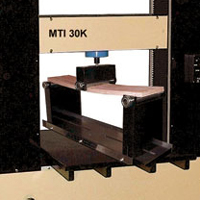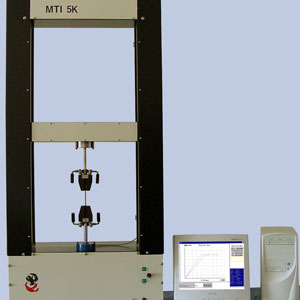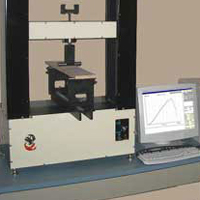Significance of Bending Test Fixtures
Flexural goods are examined by testing a material using a 3 or 4 point bend fixture. These bend fixtures have 2 support spans and one or two loading nose points on top. Most three point SSAT flex tests require that the third loading point be centered on the sample.4 point tests require that the 2 top loading points bisect the sample into thirds or fourths.
3 point Bend Fixtures
Three point Bending Test Fixtures use center loading to bend the sample. The 3rd point bending text is connected directly to the top arm of the universal testing machine by use of a clevis pin adapter. The bottom two pillars are adjustable and can integrate samples of different length. The coextensive gear start custom bend fixture is a nice solution if you are changing between multiple specimen sizes.
4 Points Bend Fixtures
Four point
flexural Bending Test Fixtures have two base supports and two top
loading points, where the load contact points are on the sample. The first type
splits the sample into three parts. The second test divides the sample into
four parts.
Support Span and Loading Noses
The
space of the contact points is important
and this measurement is usually specified in the relevant MTI test overview.
The standard radius tends to be 5mm. The
bottom spans on maximum jigs are
amendable, so they actually have two usable radii.
Adjustable and Interchangeable Rollers:
Interchangeable
Rollers permit the bend fixture to have
much more utility in terms of the contact radius. Small rubber O-rings are used
to fix the roller into place.
Anti- Roll Technology
The medium
and larger size bend fixtures can be furnished
with an anti-roll retaining bar which stops the sample from rolling or
buckling during compression.




Comments
Post a Comment